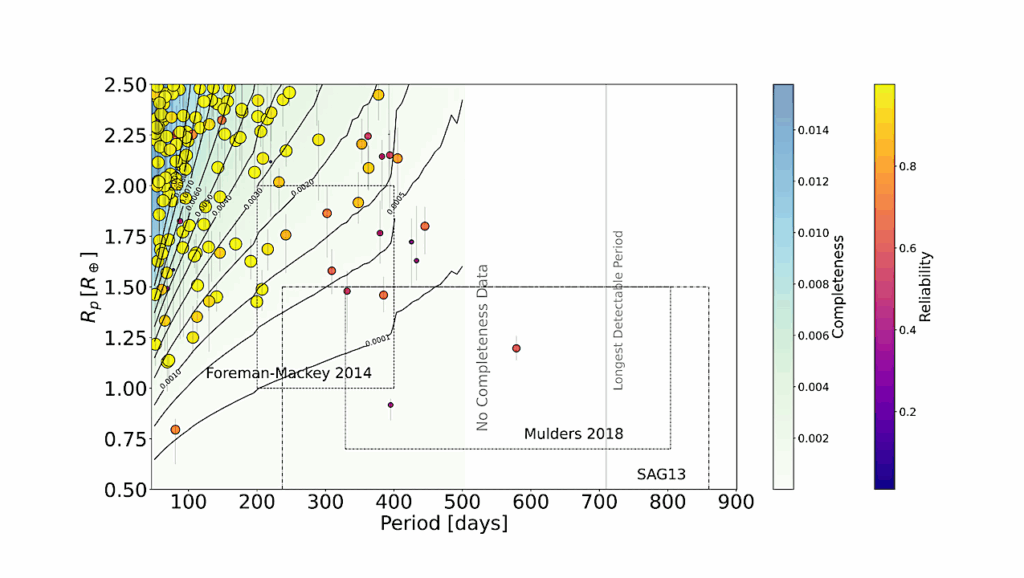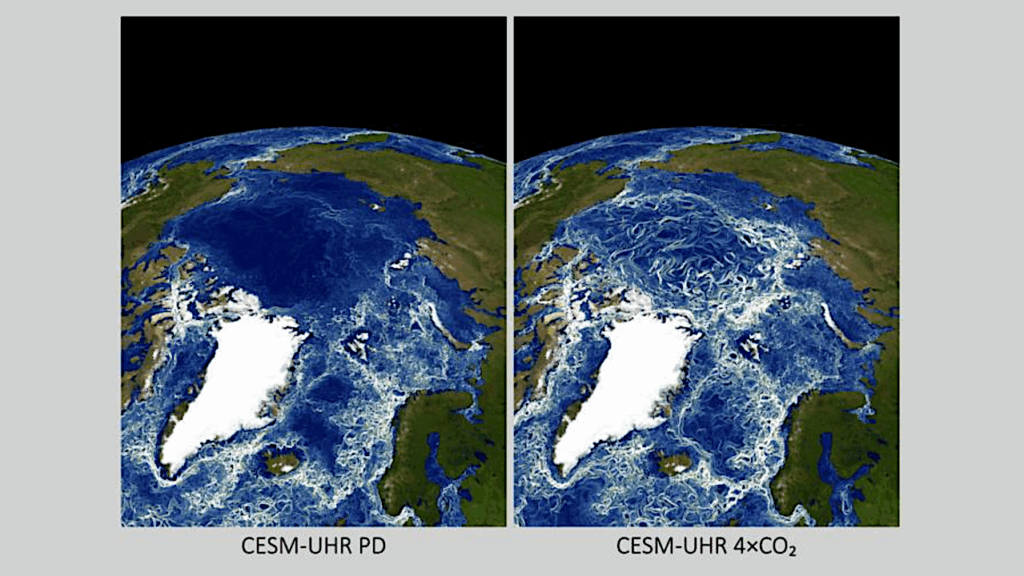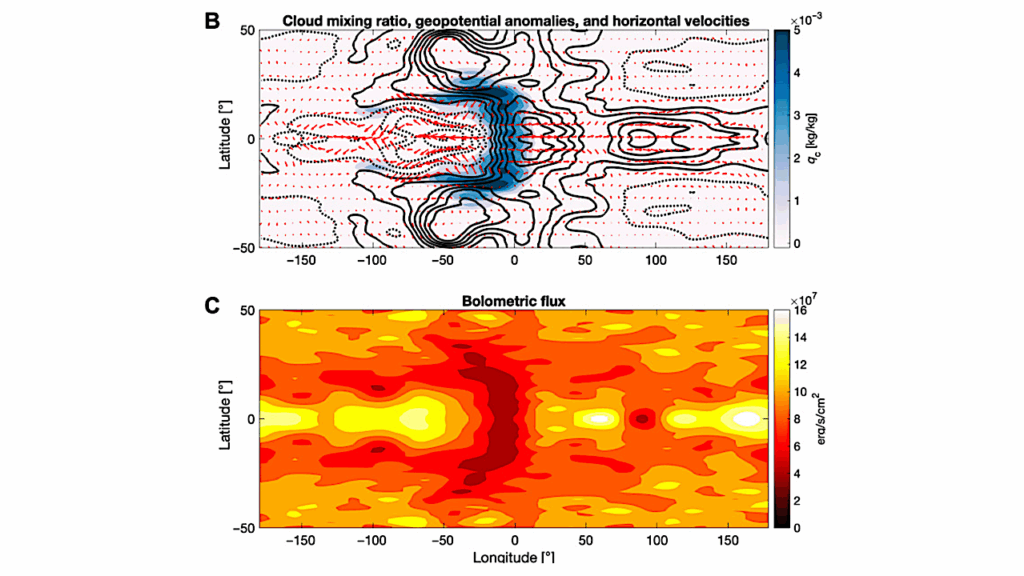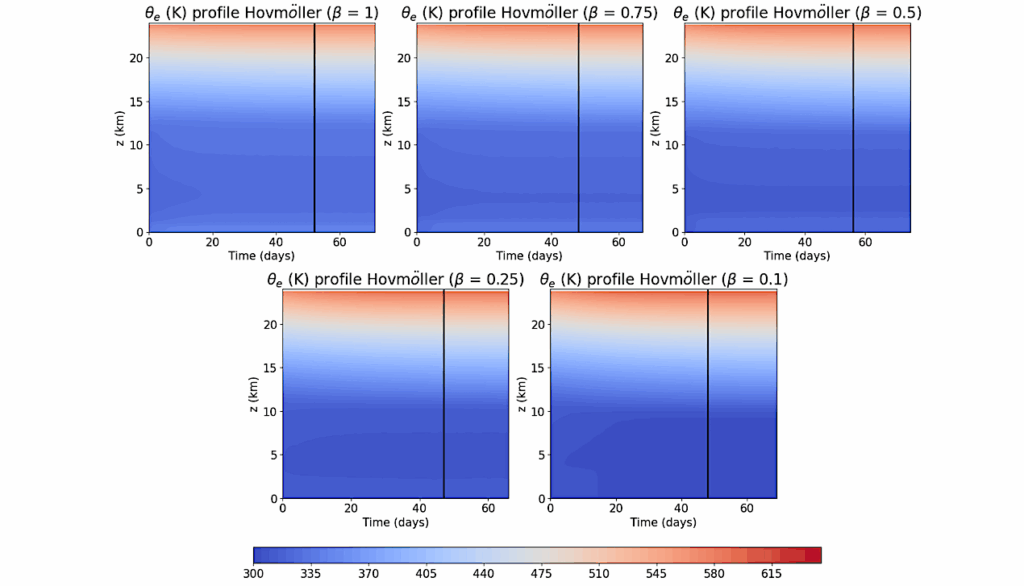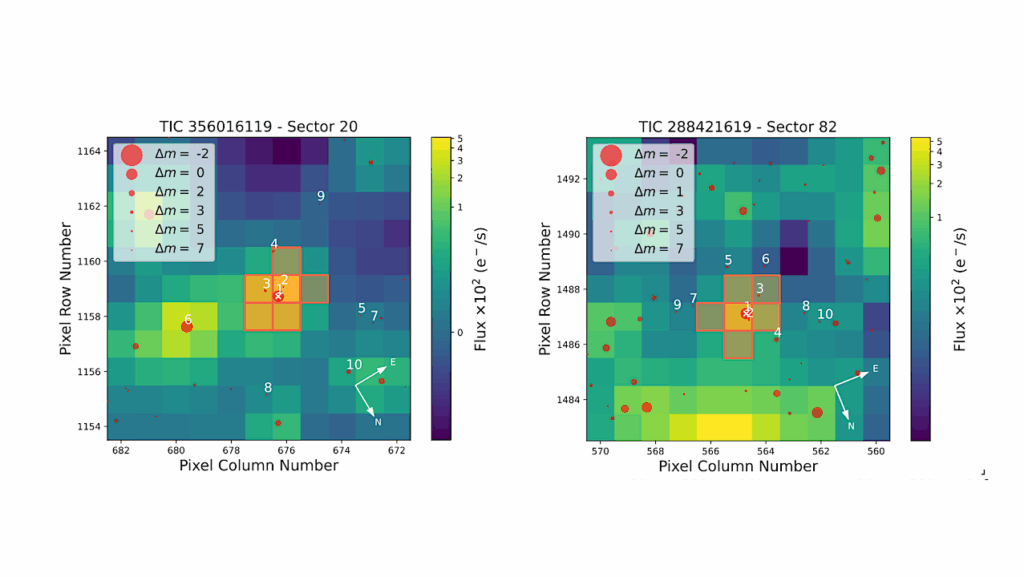Presence Of Liquid Water During The Evolution Of Exomoons Orbiting Ejected Free-floating Planets
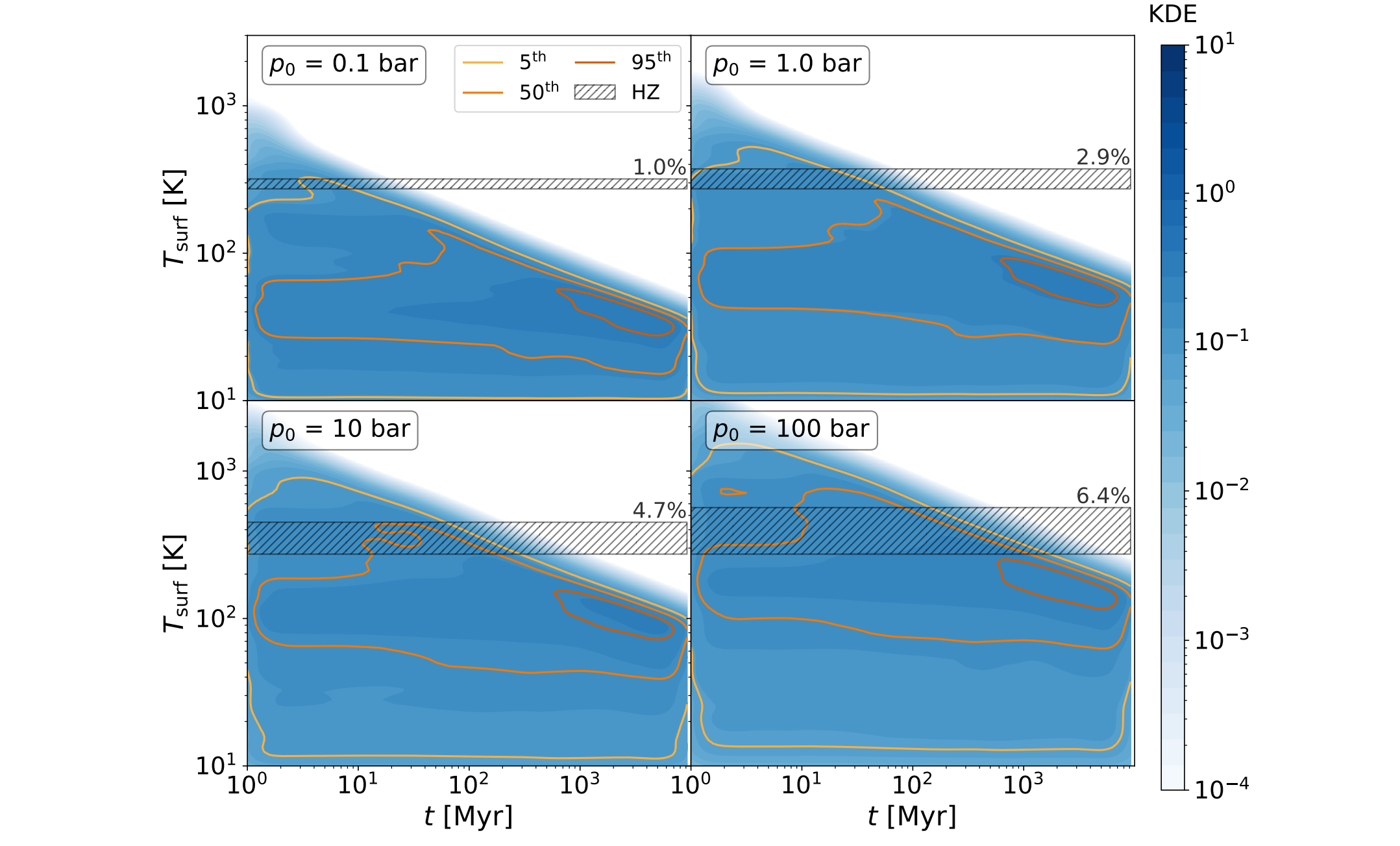
Free-floating planets (FFPs) can result from dynamical scattering processes happening in the first few million years of a planetary system’s life.
Several models predict the possibility, for these isolated planetary-mass objects, to retain exomoons after their ejection. The tidal heating mechanism and the presence of an atmosphere with a relatively high optical thickness may support the formation and maintenance of oceans of liquid water on the surface of these satellites.
In order to study the timescales over which liquid water can be maintained, we perform dynamical simulations of the ejection process and infer the resulting statistics of the population of surviving exomoons around free-floating planets. The subsequent tidal evolution of the moons’ orbital parameters is a pivotal step to determine when the orbits will circularize, with a consequential decay of the tidal heating.
We find that close-in (a≲25RJ) Earth-mass moons with CO2-dominated atmospheres could retain liquid water on their surfaces for long timescales, depending on the mass of the atmospheric envelope and the surface pressure assumed. Massive atmospheres are needed to trap the heat produced by tidal friction that makes these moons habitable. For Earth-like pressure conditions (p0 = 1 bar), satellites could sustain liquid water on their surfaces up to 52 Myr. For higher surface pressures (10 and 100 bar), moons could be habitable up to 276 Myr and 1.6 Gyr, respectively. Close-in satellites experience habitable conditions for long timescales, and during the ejection of the FFP remain bound with the escaping planet, being less affected by the close encounter.
Giulia Roccetti, Tommaso Grassi, Barbara Ercolano, Karan Molaverdikhani, Aurélien Crida, Dieter Braun, Andrea Chiavassa
Comments: 21 pages, 12 figures, accepted for publication on International Journal of Astrobiology
Subjects: Earth and Planetary Astrophysics (astro-ph.EP)
Cite as: arXiv:2302.04946 [astro-ph.EP] (or arXiv:2302.04946v1 [astro-ph.EP] for this version)
Submission history
From: Giulia Roccetti
[v1] Thu, 9 Feb 2023 21:32:11 UTC (1,283 KB)
https://arxiv.org/abs/2302.04946
Astrobiology



